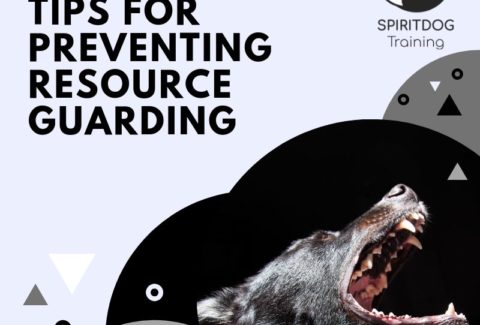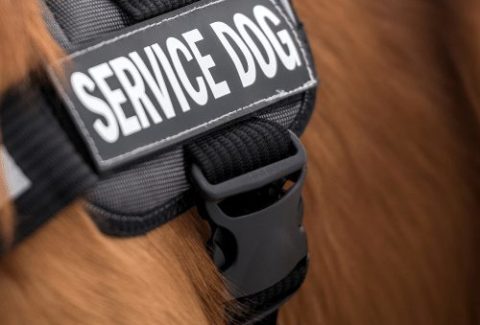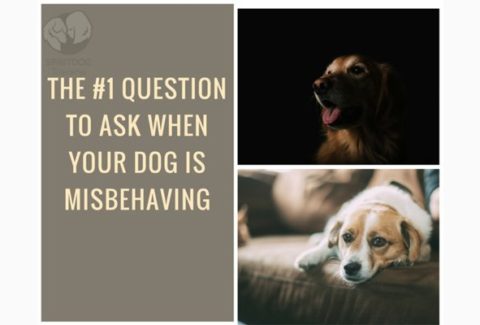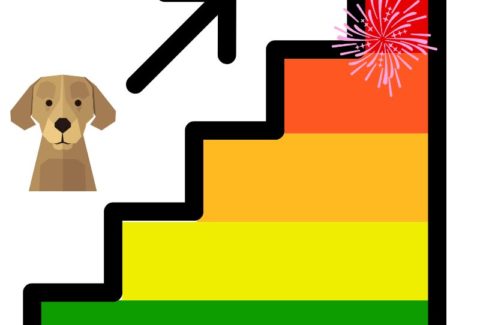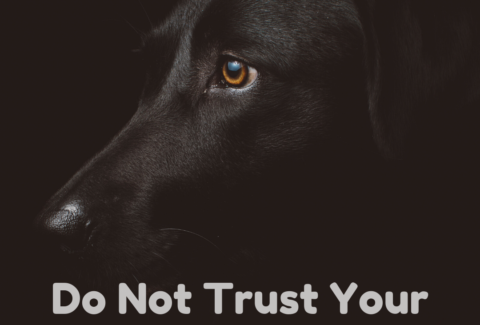No, You Don’t Have To “Wear Your Dog Out” Every Day …
May 19, 2021 2021-06-04 11:01No, You Don’t Have To “Wear Your Dog Out” Every Day …
No, You Don’t Have To “Wear Your Dog Out” Every Day …
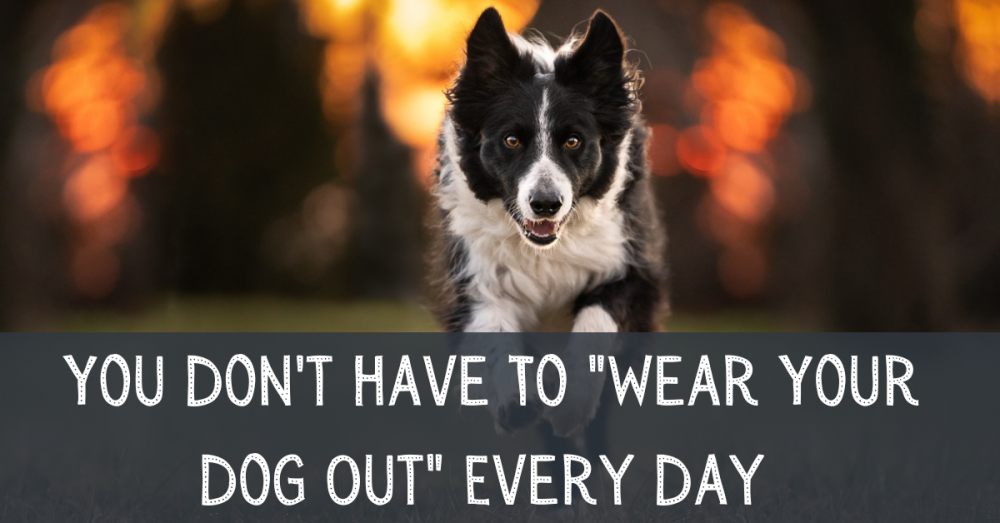
Thank you to Emily Abrahams for the wonderful pictures – check out her website and Instagram.
Every week I receive multiple emails that go something like this:
“My dog is reactive/runs away off leash/chases wildlife/jumps up on strangers … but he has so much energy, so I just need to wear him out off-leash or with long runs and bike rides every day. How can I train him to be better while keeping up our exercise schedule?”
Unfortunately there are two extremes when it comes to doggy exercise. On the one hand we have dogs that obviously do not receive sufficient mental and physical stimulation and challenges. These dogs are bored, destructive, often over-weight, engage in behaviors like excessive digging or shadow chasing and would certainly do a lot better if they had more activities with their owner.
On the other hand however are the dogs that have plenty (and by plenty I mean too much) physical exercise, as it turned out to be the only way to keep their behavior manageable. If you feel like your dog is going to bounce off the walls if he doesn’t get his daily 2 hour run, this post is for you.
A Tired Dog Is A Good Dog?
We all have heard “a tired dog is a good dog” time and time again. It is correct, of course: a dog that fell asleep exhausted won’t get into trouble for chewing your furniture or barking at the window. However, the reverse is not true. Physical exhaustion is no necessary prerequisite for being a good dog. Dogs can be good dogs without being tired.
If your dog cannot be “a good dog” without being worn out, the answer is not to increase his physical exercise.
If you are always chasing the next nap that comes after your dog’s exertion, you are in for a difficult ride.
The Danger Of Creating Super Athletes
Dogs are very physically capable (especially working dogs – I wrote more about this here: Do You Really Want A Working Dog?). If you increase their exercise, they will adapt with increased endurance. Unfortunately, they are a lot better at getting fit than most humans – so their own fitness will quickly outgrow yours.
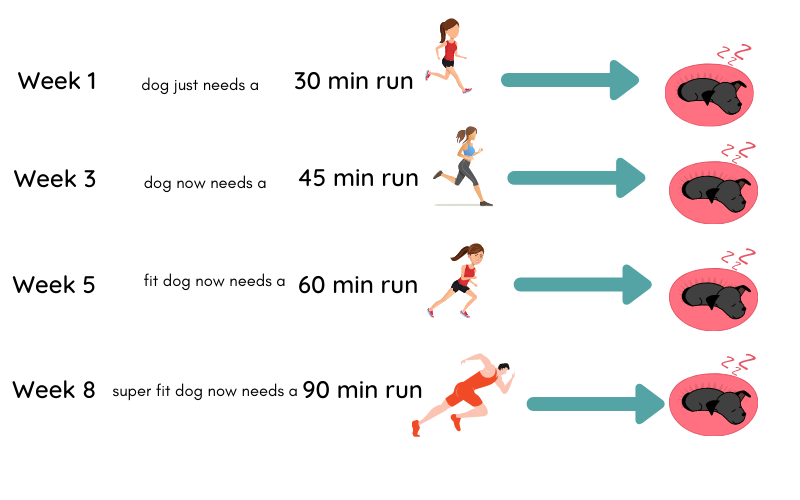
This happens especially with puppies – it is super easy to “wear out” an 8 week old puppy with physical exercise (walking up and down the road will do that). It is going to be much harder to wear out a 6 month old puppy with physical exercise!
You cannot realistically manage your dog’s behavior solely by trying to “tire him out” every day.
Balancing Physical And Mental Activities
What can actually wear dogs out much more than purely physical exercise are activities that require the dog to think and problem-solve. Especially dogs that are used to instant gratification, that are “act first, think second” dogs, dogs that love to be wild and wrestle and chase and be crazy are very quickly and effectively tired out by presenting them with challenges that require them to think.
Ironically, standing still can be one of the most effective ways to wear out a dog that is high-strung. One of my favorite activities with clients is to take them to the city center, a dog-friendly outdoor mall, a busy park or similar. And then we simply stand there and reward the dog for being focused, for staying close or laying down on a mat. Without fail, every time the owner is back home with their dog I get a message with a picture of a dog that is very sound asleep, even though there was hardly any physical activity at all (but a LOT of mental!).
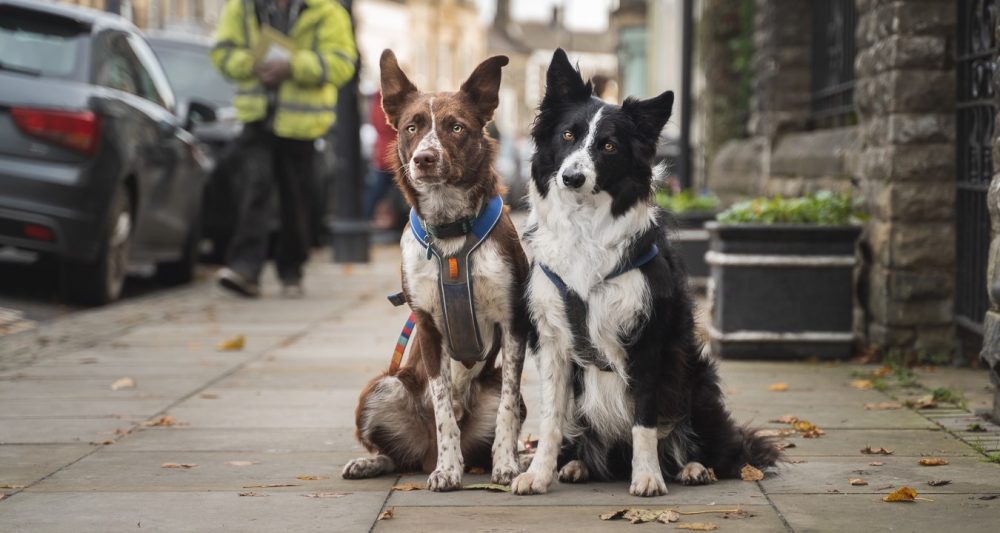
Working on tricks that are low-energy but require the dog to make controlled and thoughtful movements can be just as tiring as having him fetch a ball fir 30 minutes. How about teaching your dog to step into an increasingly small cardboard box with all four feet (this gets very tricky very quickly) or to spin left and right on a small surface such as a stepping stool or bench?
Or how about simply teaching your dog to lie down and get up without shuffling his feet (which is a lot harder than it sounds)? This is a video with an exercise from my Slow Down Online Class. Try it out!
Dogs are not good at all about two-step problem solving (“In order to achieve abc … I need to first do xyz”). You can easily blow your dog’s mind by putting a handful of treats underneath a big towel and letting him work out how to get them – chances are it will take him quite a while to find out how to flip over one corner of the towel to get to the treats (many dogs try to instead “inhale” them through the towel, try digging, try biting the towel …).
Or how about this game that I call “egg hunt”:
Engaging your dog in thoughtful activities that challenge his mind – not just his muscles – will be a beneficial addition to his daily schedule.
Speaking of daily schedules …
Anticipating Activity Cycles
Dogs have activity cycles throughout the day. Most dogs have a bout of energy in the morning, then they take a nap, they have another bout of energy in the early-mid afternoon, they take another nap and then they wind up again before bedtime.
(This might vary based on your dog’s age, breed, disposition and your own work/life schedule – you know your own dog and his rhythm best!)

It is a very bad idea to wait until your dog “peaks” before offering him any activity.
It is an especially bad idea to wait until your dog “peaks” and then to take him outside for some high-adrenaline, extremely physical activity such as playing fetch. By doing this you will only perpetuate his state of craving physical exertion and needing it to settle down. Being exhausted will become a necessary prerequisite for being calm – the last thing you want.
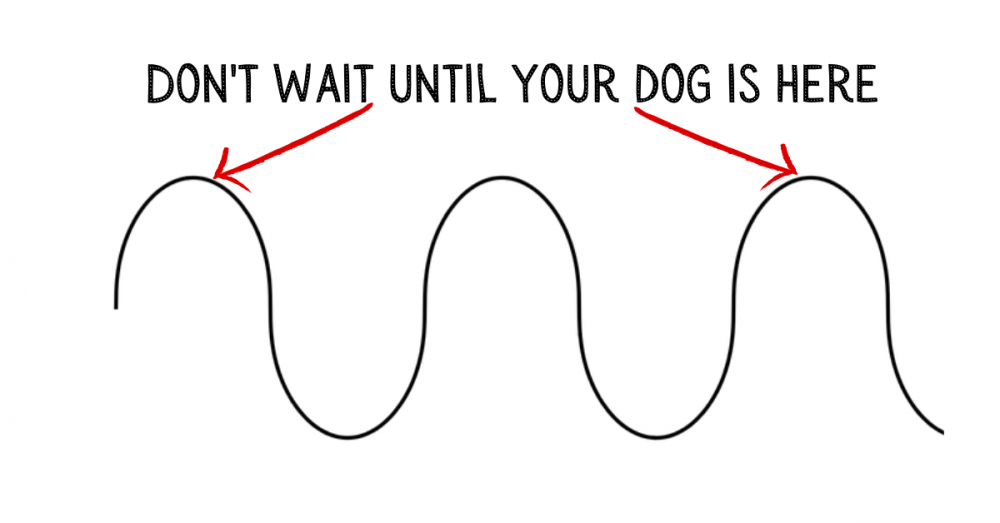
Think of activity like pain medications. If you ever had a surgery or injury, you know that it is recommended to take pain killers on a schedule and before the pain becomes unbearable. The same applies to activity (and by that I don’t mean purely physical exertion! Nosework for example is just as good or even better of an activity) for dogs:
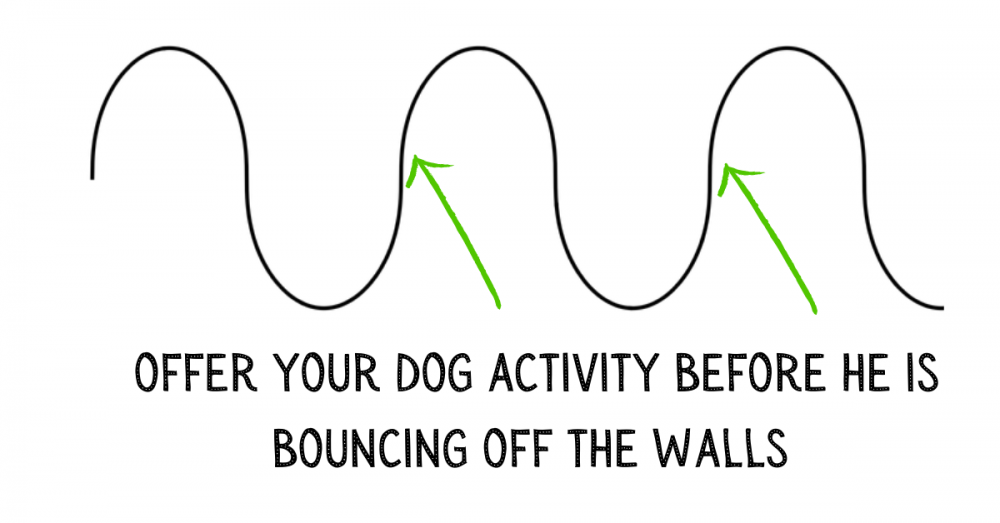
By doing this, chances are your dog is never going to “peak so high” in the first place, and is not going to reach that state of buzzing with energy that you can only address with exhausting physical exercise.
How Much Exercise Does My Dog Need?
I get asked this question every day. The truth is, I cannot answer this. Your dog and his behavior will let you know if the amount of physical and mental activity and training he receives is sufficient or not.
As a general rule, most dogs do well if they receive about 1.5-2 hours of activity with their owners every day.
Again – this doesn’t mean that you ignore your dog for 22 hours a day, and then play fetch with him for 2 hours every afternoon until his tongue is hanging out and his eyes are rolling back. A better idea would be to split the time spent together into chunks – maybe a 10 minute training session and 20 minute sniff walk in the morning, some scatter-feeding and playing tug in the afternoon and a trip to the city center to be calm in public in the evening.
Need More Calming Ideas?
Our Slow Down Online Class contains 24 lessons to calm down every dog – and show him that there is a whole world of non-adrenaline activities out there!
I am ready to stop “wearing my dog out” every day.
And now – happy (calm and thoughtful!) training.
Steffi Trott
Related Posts
Does Your Dog Sniff Too Much? Let him.
Tips For Preventing Resource Guarding in Dogs
Do Goldendoodles make good service dogs?
Best Service Dog in Training Vests
How To Train A Herding Dog
The #1 Question To Ask When Your Dog Is Misbehaving
Do You Really Want A Working Dog?
Do Not Trust Your Aggressive Dog
I Don’t Know The Magic Word
Check out our effective and affordable online dog training courses!
-
Sale Product on sale
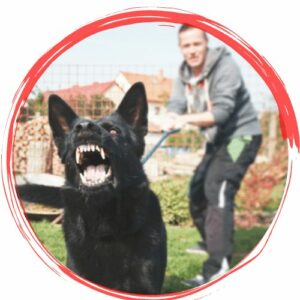 Tackling Reactivity Bundle
Tackling Reactivity Bundle
MONEY BACK GUARANTEE$564.00$49.00 -
Sale Product on sale
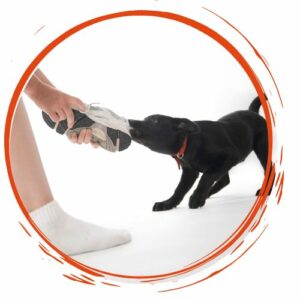 Perfect Obedience Bundle
Perfect Obedience Bundle
MONEY BACK GUARANTEE$349.00$49.00 -
Sale Product on sale
 Ultimate Puppy Bundle
Ultimate Puppy Bundle
MONEY BACK GUARANTEE$416.00$49.00 -
Sale Product on sale
 The Perfect Focus Bundle
The Perfect Focus Bundle
MONEY BACK GUARANTEE$445.00$169.00 -
Sale Product on sale
 Ultimate Masterclass Bundle
Ultimate Masterclass Bundle
MONEY BACK GUARANTEE$2,213.00$499.00


